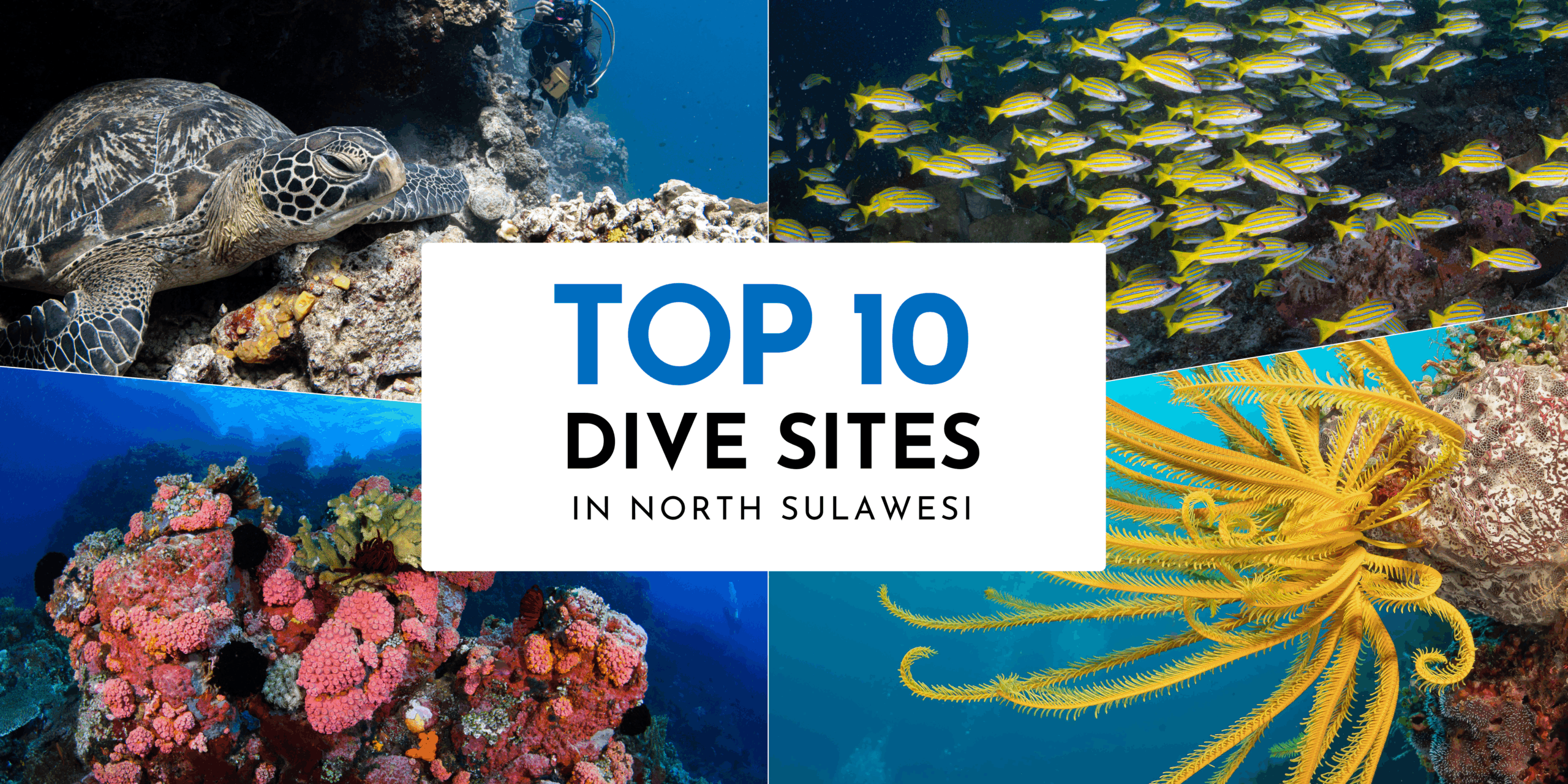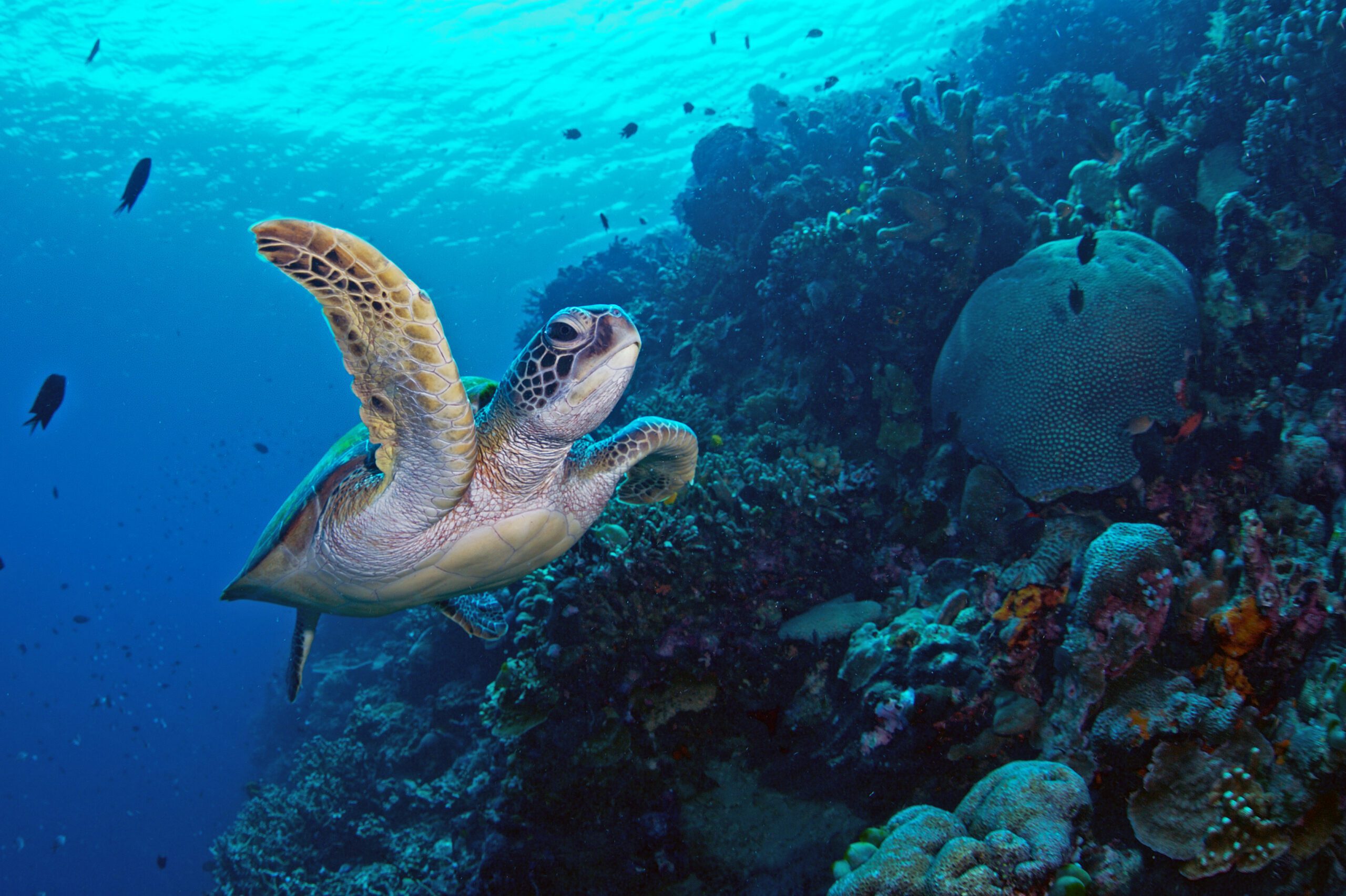
Juvenile Marine Life – Which came first, the fish or the egg?
Have you ever wondered how marine creatures carry their eggs, or where they lay them, or if the juvenile of the species is born live rather than hatched? Here we take a look at a few of the common marine species we see around Bunaken, Manado, Bangka and Lembeh and answer some of these questions – the answers are not always what you might be expecting. Read on to find out more!
Anemone Fish (Amphiprioninae)
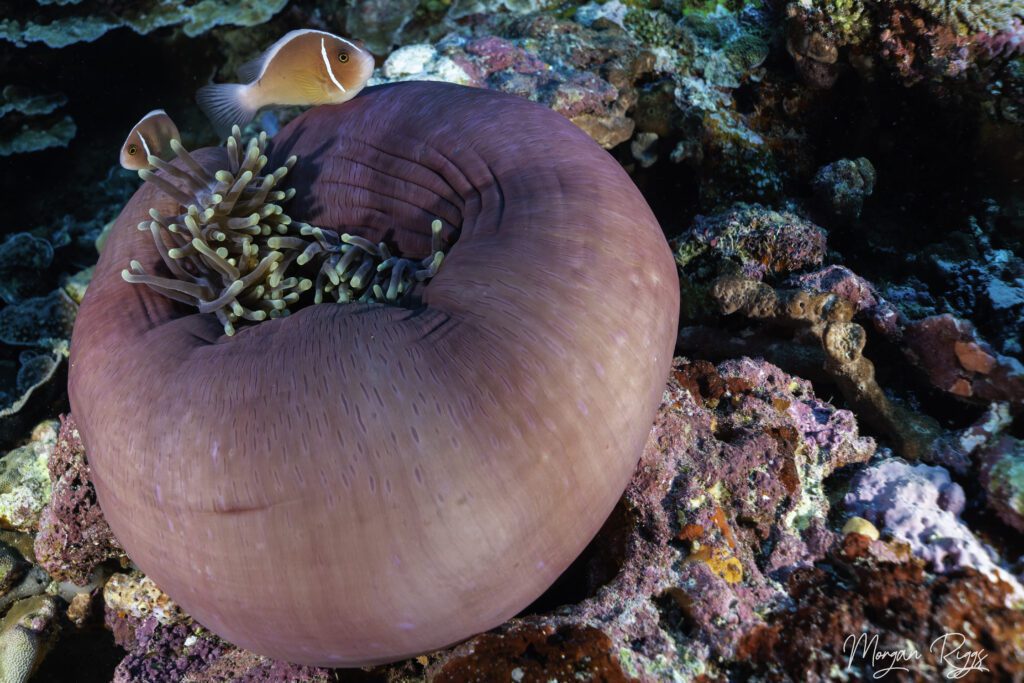
Anemone fish lay eggs. They find somewhere close to their host anemone which is sheltered and has a firm bottom on which the eggs can develop. When the time comes the juvenile anemone fish hatch as perfectly formed miniature anemone fish. The image shown at the top of this page is a clutch of anemone fish that are soon to hatch.
Mantis Shrimps (Odontodactylus scyllarus)
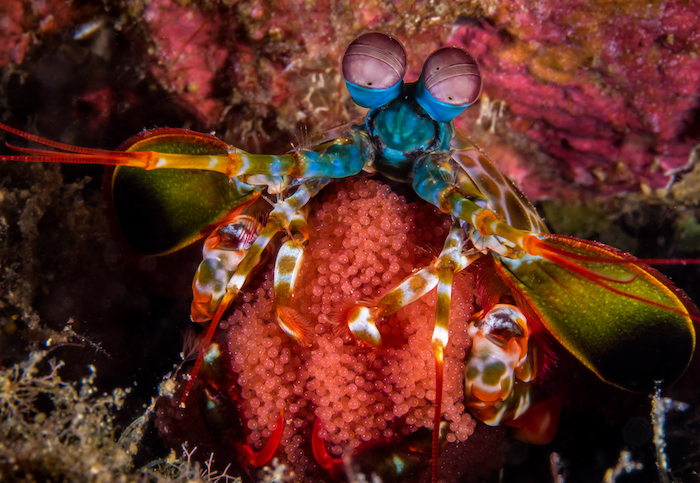
Photo Credit: Edwin Van Der Sande – Peacock Mantis Shrimp with eggs
Known for being either spearers or smashers, both types of mantis shrimp are very protective about their young – so much so that they carry their clutches of eggs around with them. The female mantis shrimps will hold clutches of hundreds of eggs until they are ready to hatch. It should be noted that there are some species of mantis shrimps which will lay their eggs in their burrows for protection. The one pictured above is a peacock mantis shrimp which is an egg carrier.
Green Sea Turtles (Chelonia mydas)
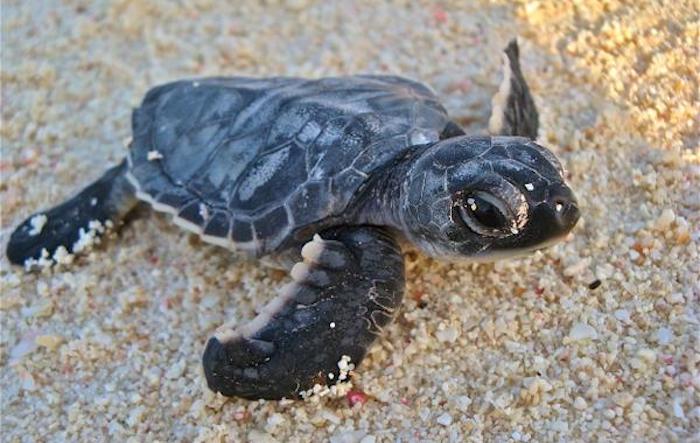
Photo Credit: SeaTurtle.org – Green sea turtle hatchling
Sea turtles are an incredible species – the females return to the very beach where they hatched themselves to lay eggs of their own. On average, sea turtles lay 110 eggs in a nest, and on average between 2 to 8 nests a season. Despite laying such large numbers of eggs, there are relatively few green sea turtles worldwide. This is primarily because the survival rate of juvenile sea turtles is extremely low. The eggs are at risk of being eaten by land predators prior to hatching and juvenile turtles make tasty snacks for hungry predators once they enter the ocean. There are man-made problems too – in some areas turtles and turtle eggs are eaten and the shells are used to make jewelry and ornaments. However, once a green sea turtle reaches maturity it has relatively few predators providing it is healthy – it is simply too big and the shell is too hard.
If you’d like to dive with a thriving population of green sea turtles join us at Murex Manado. We dive the Bunaken Marine Park every morning and you really can lose count of the number you see in a single dive. Our current record is 32!
Broadclub Cuttlefish (Sepia latimanus)
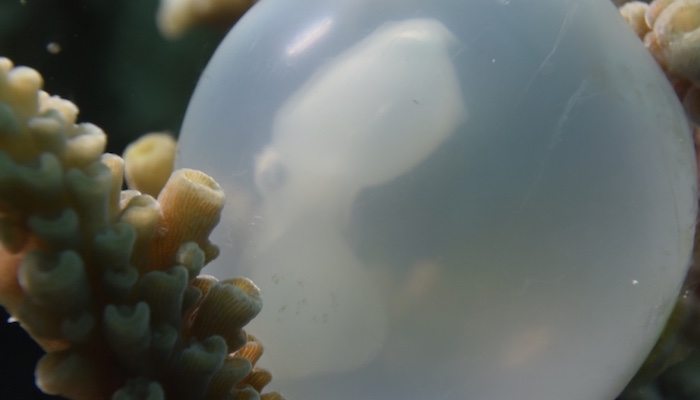
Cuttlefish lay their eggs in the coral reef to give them protection
The broad club cuttlefish is the second largest cuttlefish species. The females lay eggs following mating in the territory of the male (usually a specific coral head). After laying, the eggs harden and are difficult to remove from the coral on which the female laid them. Shortly before hatching, it is possible to see the juvenile cuttlefish, fully formed, inside the opaque white egg (see above). After hatching the young cuttlefish start to hide among the coral and the associated coral rubble where they often mimic mangrove leaves.
Banded Sea Krait (Laticauda colubrina) – also known as the Banded Sea Snake or Yellow-lipped Krait
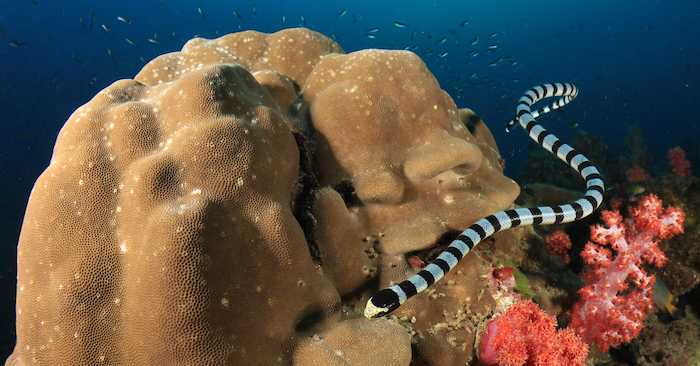
Banded Sea Snake
It’s often thought that sea snakes have gills and can breathe underwater in the same manner as fish but this is not the case. Sea snakes are air breathers and have to surface regularly to breathe before swimming back down to the reef. As air breathers, the females lay their eggs on land. This species exhibits “philopatry” which means, just like turtles, they will return to the same beach year on year to lay their eggs. Once hatched, juveniles spend more time in the water than on land whereas adult banded sea kraits spend equal amounts of time underwater as they do terrestrially.
Seahorses (Hippocampus Sp.)
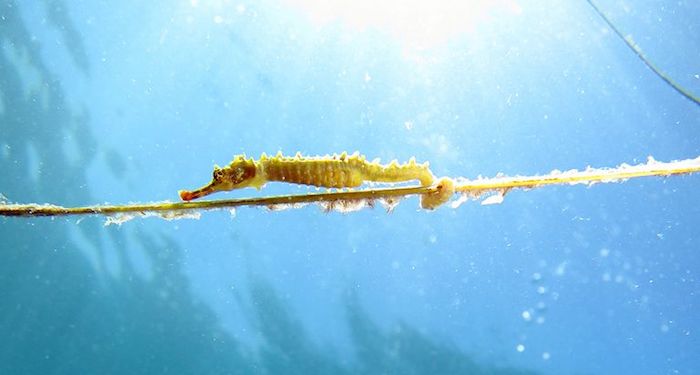
Juvenile seahorse attached to a stem of seagrass by it’s tail
Seahorses are well known for male pregnancy. But among fishes they are also quite unique in that they are ovoviviparous, meaning that they give birth to live young unlike the other species mentioned here. Once born, juvenile seahorses drift with the current until they find something to attach themselves to – such as sea grass, soft corals, or fans. As juveniles, they are highly susceptible to predators but they do have camouflage in their favor – as you can see in the image above. The best dive sites for catching a glimpse of seahorses are in Manado Bay and the Lembeh Strait. If you are hoping to see a pygmy seahorse, Bangka has three different species!
Are you planning your next trip to North Sulawesi? Why limit yourself to one diving area in North Sulawesi when you can dive three in one phenomenal trip? Bunaken -> Bangka -> Lembeh: Dive the staggering coral walls of the Bunaken Marine Park, explore Bangka island’s kaleidoscopic reefs, and discover the World’s best muck diving in the Lembeh Strait. Boat diving transfers from resort to resort mean no wasted travel days – just dive your way around some of Indonesia’s richest dive sites.
To make a booking or for more information contact us at: reservations@MurexDive.com
We look forward to diving North Sulawesi with you soon!


